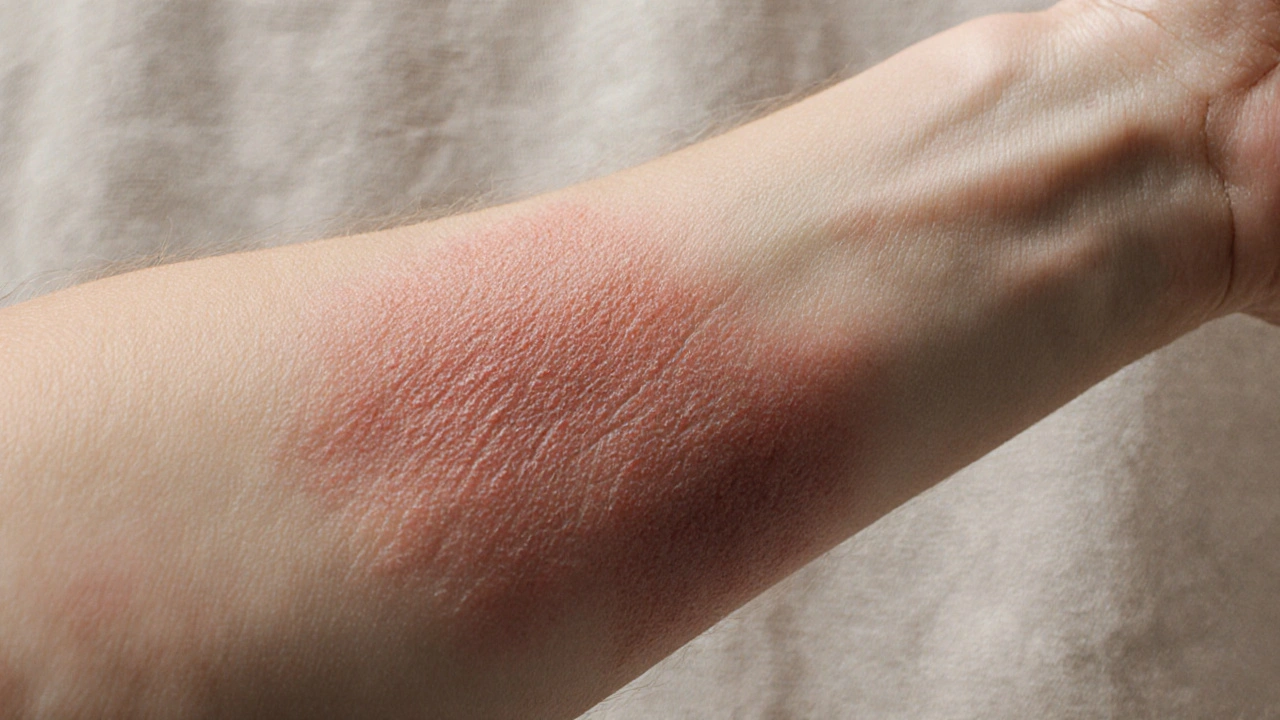Atopic Dermatitis Itch: Understanding the Cause and Finding Relief
The atopic dermatitis itch can be relentless, especially when daily life feels ruled by scratching. When dealing with atopic dermatitis itch, a chronic, itchy skin condition that often flares in children and adults. Also known as eczema itching, it reflects a break in the skin's natural defense and a surge of inflammatory signals.
One of the first clues is a compromised skin barrier, the outer layer that keeps moisture in and irritants out. When this barrier weakens, allergens and microbes slip through, triggering the nerve fibers that create the intense pruritus, the medical term for itch. This itch isn’t just a nuisance; it fuels a vicious cycle of scratching that further damages the barrier, leading to more inflammation. Managing the barrier means using gentle cleansers, moisturizers rich in ceramides, and avoiding harsh soaps that strip natural oils.
Practical Relief Strategies
Breaking the itch‑scratch loop often starts with topical corticosteroids, anti‑inflammatory creams prescribed to calm flare‑ups. These reduce the immune response that drives redness and swelling, giving the skin a chance to heal. For milder episodes, non‑steroidal options like calcineurin inhibitors or barrier‑repair ointments work well. Antihistamines can calm nighttime itching, but they don’t address the underlying inflammation, so pairing them with moisturizers and steroids yields better results. Lifestyle tweaks—short, lukewarm showers, cotton fabrics, and low‑humidity indoor air—support the skin barrier and lessen flare frequency. If you notice persistent oozing or signs of infection, a short course of antibiotics might be needed, but always consult a dermatologist first.
Understanding the interplay between a leaky barrier, pruritus, and inflammation gives you a clear roadmap: protect the barrier, control the itch, and treat the inflammation. Below you’ll find a curated list of articles that dive deeper into each of these steps—covering everything from the science of moisturizers to step‑by‑step steroid application techniques. Use these resources to build a personalized plan that stops the itch before it starts.
Learn practical steps to ease eczema itching, from moisturizers and cool compresses to steroid creams and wet wrap therapy, plus tips on triggers and when to see a doctor.


 Medications
Medications